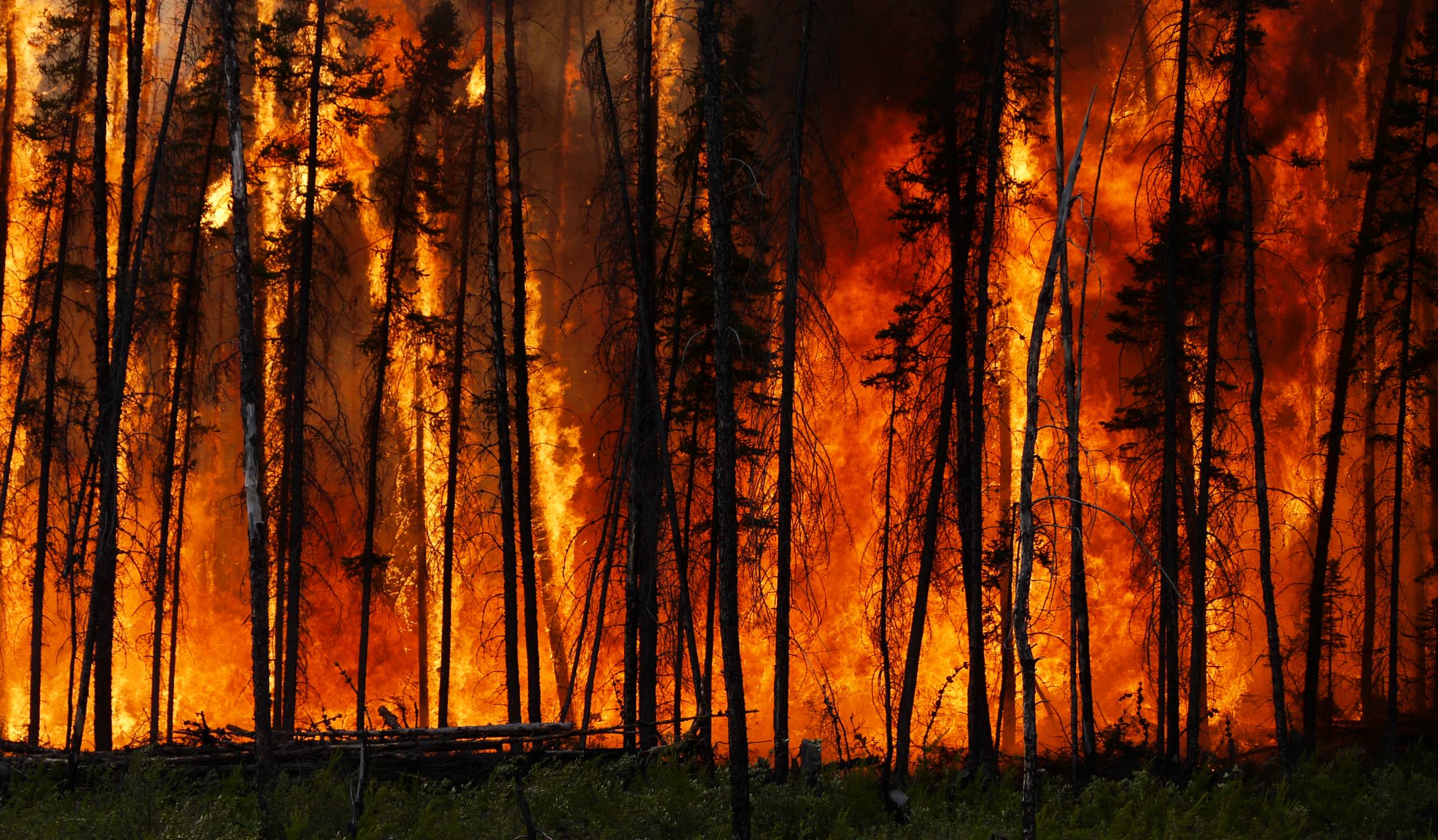Recently, researchers from NOAA Center for Weather and Climate Prediction (NCWCP) and University of Maryland gathered for a mini-conference to share presentations from recent conferences such as the American Geophysical Union (AGU) and American Meteorological Society (AMS) annual meetings.
ESSIC/CISESS Scientists were among some of the selected talks. The following researchers all gave 15-minute presentations:
- Peng Yu, “The Status of the Land Surface Temperature Product from GOES-18”
- Erin Jones, “Expanding the Use of CrIS Observations in Global Data Assimilation and Forecasting at NOAA: Methods, Findings, and Future Steps”
- Likun Wang, “VIIRS Radiance Cluster Analysis within CrIS Supporting NWPData Assimilation”
- Xi Shao, “Enabling VIIRS Sensor Data Record Validation with a New Global/Regional Validation Site (GReVS) System”
- Jifu Yin, “Refinement of NOAA AMSR-2 Soil Moisture Data Product using an Optimal Machine Learning Model”
- Katherine Lukens, “A Novel Archive for the Intercomparison of Winds from Multiple Observing Platforms Provides a Long-term Evaluation of Aeolus L2B Winds”
- Isaac Moradi, “Enhancing CRTM all-sky simulations and implementation of a new active sensor module”
- Yongzhen Fan, “Machine Learning Enhanced Snowfall Rate Retrievals from Passive Microwave Sensors”
- Veljko Petkovic, “Uncertainty Estimates of ML-based Satellite Products”
- Wenhui Wang, “A Study of Global Deep Convective Clouds (DCC) Changes Using 10 Years of Suomi NPP VIIRS Reprocessed Level 1B Data”
- Rachael Kroodsma, “Status of the GPM Intercalibrated Microwave Radiometer Constellation: 35 Years of Observations for Long-term Precipitation Studies and Beyond”
- William J.S. Miller, “Evaluating the Impacts of COSMIC-2 Radio Occultation Bending Angle Assimilation on HWRF Tropical Cyclone Forecasts”
- Fangfang Yu, “On-orbit radiometric calibration performance of GOES-16/17/18 ABI IR channels”
- Jonathan Poterjoy, “Fully non-parametric data assimilation for geophysical models”
- Tianfeng Chai, “Power Plant SO2 Emission Estimation Using Aircraft Measurements and HYSPLIT Dispersion Modeling”
- Guangming Zheng, “Chesapeake Bay HypoxAI: Hypoxia forecast using artificial intelligence”
ESSIC Scientists present their research. Hover over the images for details.
In addition, there was a poster session that featured work from ESSIC/CISESS Scientists Daile Zhang, Joseph Patton, Jun Dong, Guangyang Fan, Malarvizhi Arulaj, Jeannette Wild, Peter Beierle, Jingjing Peng, Corinne Carter, and Hui Liu.
ESSIC Scientists present their posters. Hover over the image for more details.
Events like this allow greater sharing of science efforts between ESSIC and organizations including NOAA National Weather Service/National Centers for Environmental Prediction, Johns Hopkins Applied Physics Lab, NOAA National Environmental Satellite, Data, and Information Service (NESDIS)/Center for Satellite Applications and Research (STAR), and UMD’s Department of Atmospheric and Oceanic Science (AOSC).
To view the full agenda, visit the conference website here.





